Question No. 1. — Will the U.S. Open field include a wounded, but dangerous Tiger on the prowl or the docile, disoriented pussy cat that gave subpar efforts in his last two outings?
The sports world probably will get a better feel for the answer to that question Thursday when Tiger Woods, playing with Ernie Els and Lee Westwood, begins a quest for his 15th major title at Pebble Beach, CA, the ocean course that he dominated in 2000, winning by a record 15 strokes.
Most golf analysts don’t give Woods much of a chance, but Las Vegas bookies made Woods and Masters champion Phil Mickelson the favorites. Golf’s billion-dollar-man hasn’t been the same since his family life went in the dumpster after stories of his extra-marital affairs surfaced last November. After a hiatus, Woods finished fourth at the Masters in April , 19th at the Memorial, missed the cut at Quail Hollow and withdrew from the Players Championship with a neck injury.
My bet is that he’ll find a way to exorcise the demons within, focus on the task-at-hand and show up Sunday wearing a shade of red, ready for his close-up as he moves a step closer to Jack Nicklaus’ record 18 majors.
Question No. 2 — Will Wimbledon ever again showcase tennis’ most artistic and compelling duels: clashes between classic serve-and-volleyers and masters of the return-of-serve? Not likely. Apparently, those charged with developing the last generation of rising junior stars found it more profitable to hook them early and keep them coming by emphasizing the two-fisted backhand. Indeed, that’s the only way most pre-teens can hit the ball solidly on the backhand side. If teaching the one-handed backhand continues to be a thing of the past, then the era of the serve-and-volley superstar might be lost forever.
Many of the game’s greatest champions were serve-and-volleyers. Rod Laver, the only two-time winner of the Grand Slam (Australian Open, French Open, Wimbledon and U.S. Open in same calendar year, 1962 and 1969), Althea Gibson, Martina Navratilova, Arthur Ashe, John McEnroe, Boris Becker, Stefan Edberg, Pat Rafter are among the best. Pete Sampras, who won 14 major titles, including seven Wimbledon crowns, might be the last of the classic serve-and-volley superstars. Pete Fischer, who coached Sampras when he was a pre-teen, convinced him to switch from the two-handed backhand to one-hand when Sampras was 11. Though he was never a dominant junior, Sampras became one of the game’s most dominant pros, holding the No. 1 ranking for six consecutive years (1993-98).
The serve-and-volley superstars not only were great tennis champions but complete tennis players. They knew when to approach the net and when not to. They hit punch volleys, half volleys, drop shots, slice approaches and lobs. And they knew when to hit each shot. Obviously, none of the above is now needed to be a great champion. Yet one wonders how many more major titles Steffi Graf might have won had she learned to approach the net each time she hit that wicked slice down-the-line, or how many more Wimbledon crowns Venus Williams might have won had she learned the serve-and-volley game and kept opponents at bay with her athleticism and strength? Would Rafael Nadal have much of a chance against Roger Federer on grass if the smooth stroking Swiss were a classic serve-and-volleyer?
The absence of superstar serve-and-volleyers at Wimbledon, the tennis world’s premier event, certainly dulls its glow. Now that McEnroe has opened a tennis academy in New York, maybe we’ll see a resurgence of serve-and-volleyers at Wimbledon down the road. A resurgence of that sort definitely is needed.
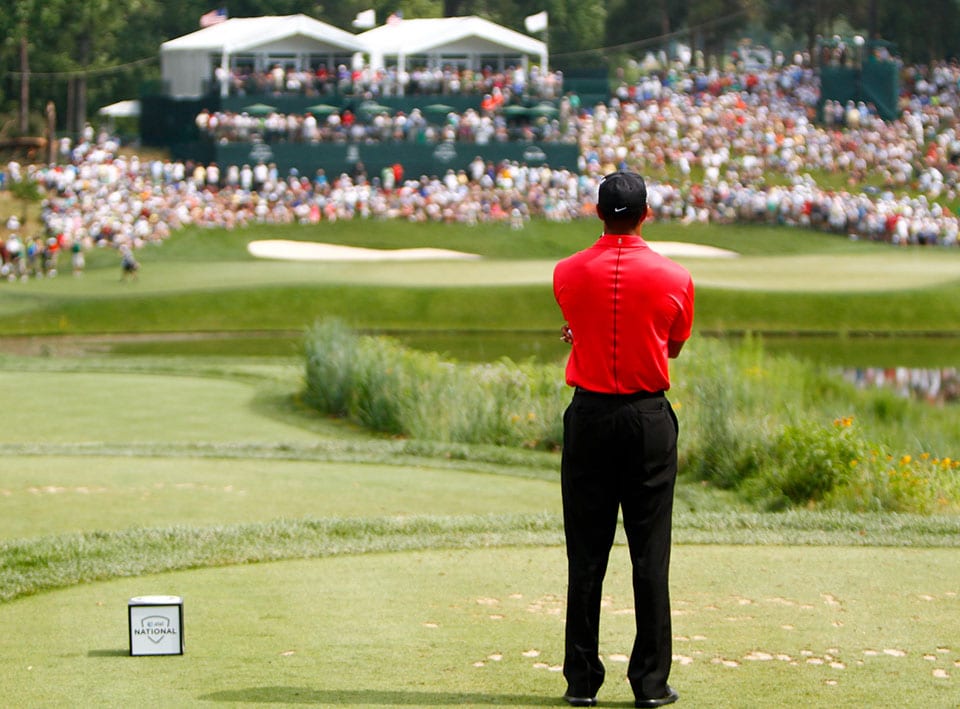
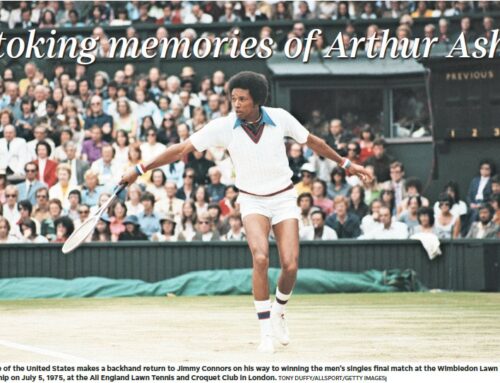
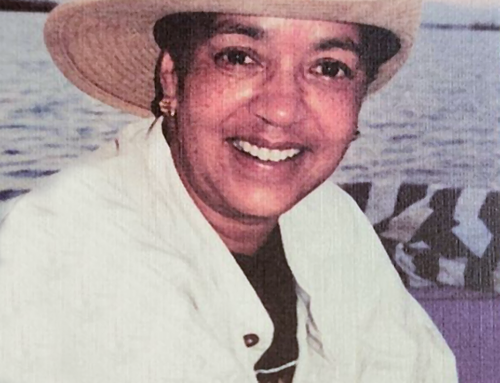
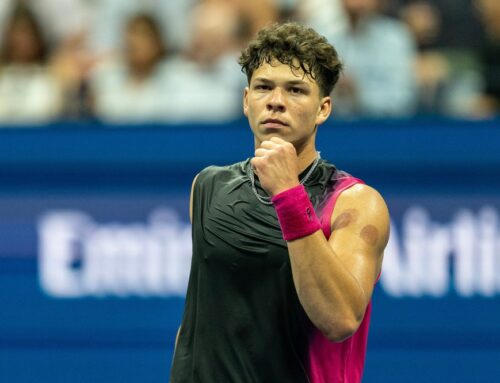
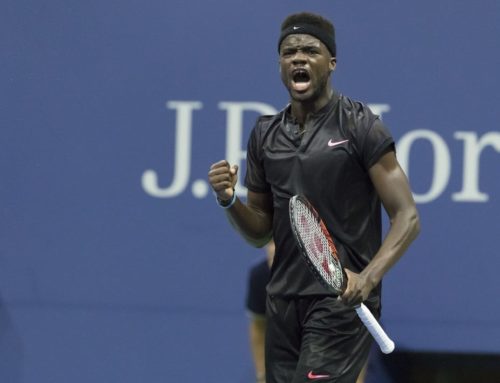
Leave A Comment